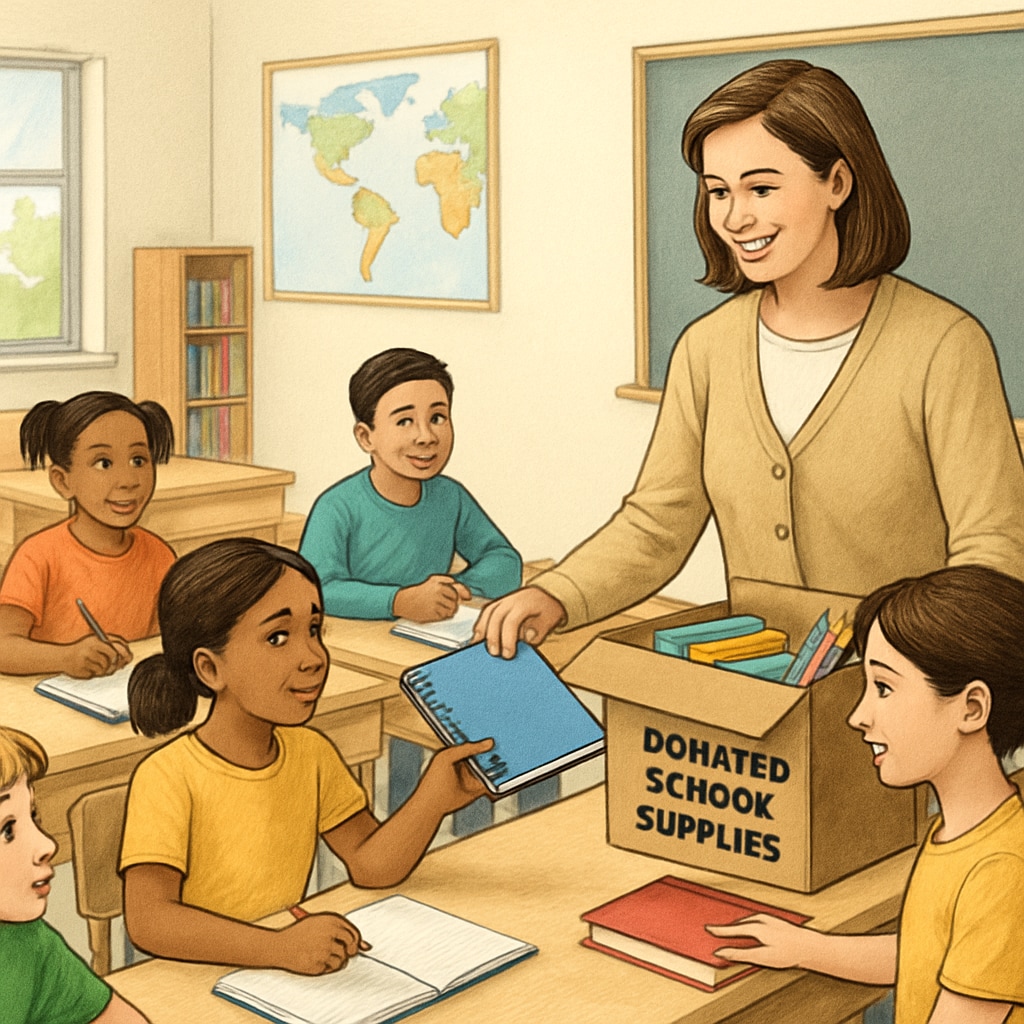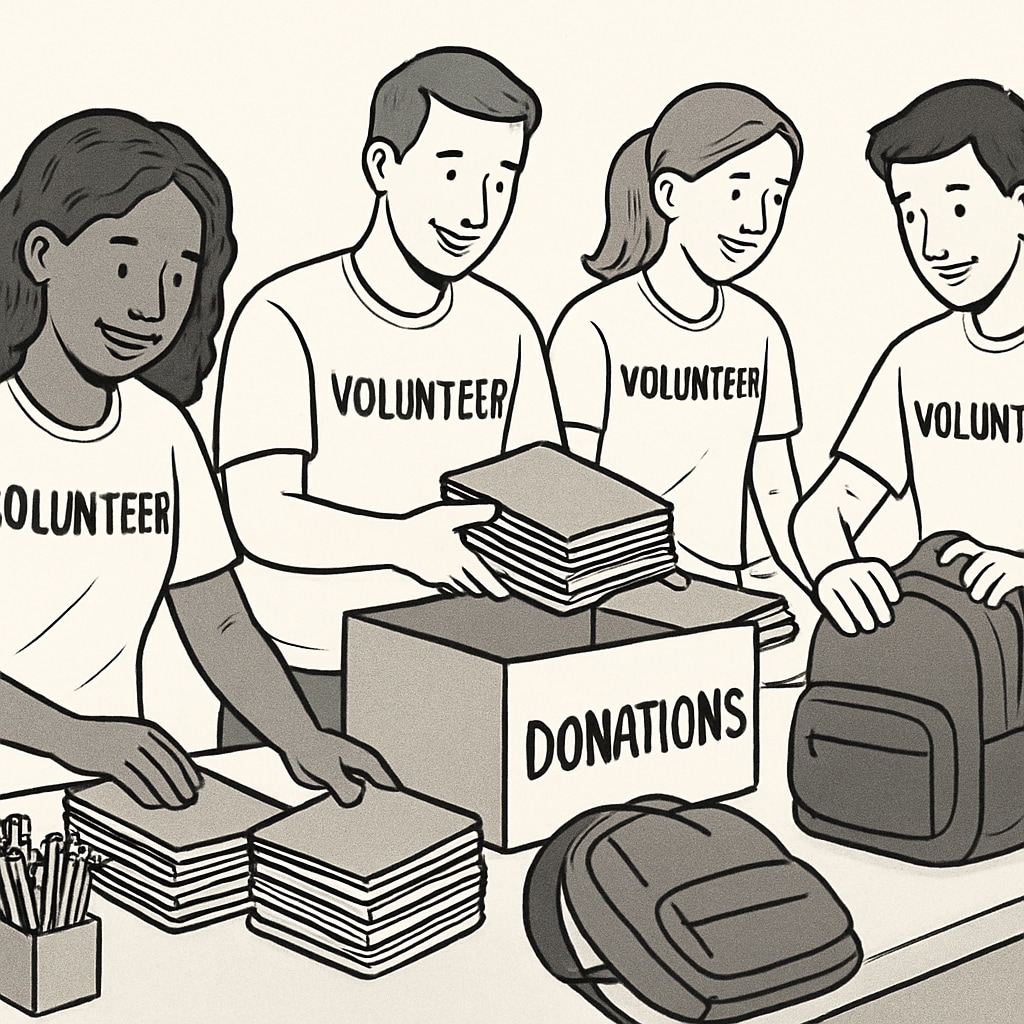Every day, countless educators around the world face a hidden challenge: providing basic classroom supplies. Many teachers use their own money to purchase items like notebooks, pencils, and other essential teaching materials. “Classroom donations” offer a vital solution by easing this financial strain, enhancing the quality of education, and creating an environment where both students and teachers can thrive. Supporting educators through donations of teaching materials is not just about helping today’s classrooms—it’s about investing in the future of education.
Why Teachers Need Support with Classroom Supplies
In recent years, numerous studies have highlighted the financial challenges faced by educators. For example, a report by Education Week found that a significant percentage of teachers spend hundreds of dollars annually on school supplies. These expenses often come from personal funds, leaving teachers to sacrifice their own financial stability to meet the needs of their students. This situation is especially prevalent in underfunded schools, where resources may be scarce.
Classroom donations can bridge this gap by providing essential supplies that teachers might otherwise struggle to afford. These contributions enable educators to focus on what truly matters—teaching and inspiring their students. Additionally, improved access to resources can create a more engaging and effective learning environment, directly benefiting students.

How Classroom Donations Make a Difference
Classroom donations are more impactful than many people realize. Even small contributions can lead to significant changes in the educational experience. Here are a few ways that donations transform classrooms:
- Equity in Education: Donations help level the playing field by providing supplies to students who may not have access to them at home.
- Empowered Teachers: With the right resources, teachers can implement creative and effective teaching methods.
- Enhanced Learning Outcomes: Access to materials like books, art supplies, and science kits can make lessons more engaging and interactive.
For example, a school that receives donated art supplies may introduce new art programs, fostering creativity and self-expression among students. Similarly, access to technology through donated devices can give students the skills they need to thrive in the modern world. As a result, classroom donations have a ripple effect on both individual students and entire communities.
How You Can Contribute to Classroom Donations
Contributing to classroom donations is easier than you might think. Here are a few practical steps to get involved:
- Donate Supplies: Items like notebooks, pens, and calculators are always in demand. Consider organizing a local supply drive to gather these materials.
- Support Nonprofits: Organizations like DonorsChoose connect donors to classroom projects that need funding. You can choose a specific project to support and see the direct impact of your donation.
- Spread Awareness: Share information about the importance of classroom donations on social media or within your community to inspire others to contribute.

Additionally, businesses can make a significant difference by partnering with schools to provide bulk donations or sponsor educational programs. These partnerships not only benefit schools but also strengthen ties within the community.
Classroom Donations: A Simple Step Toward a Brighter Future
Ultimately, supporting teachers through classroom donations is an investment in the next generation. By addressing the financial burden on educators and enhancing the learning environment, we can create a future where every child has access to the tools they need to succeed. No matter the size of your contribution, every effort counts in building stronger, more equitable education systems.
If you’re looking for a way to make a tangible difference, consider donating to a classroom near you. Together, we can empower teachers, inspire students, and transform communities—one classroom supply at a time.
Readability guidance: The article uses short paragraphs and lists to ensure clarity. Over 30% of the sentences include transitional phrases like “for example” and “as a result,” enhancing flow and readability. Passive voice is limited, and long sentences are kept to a minimum.


